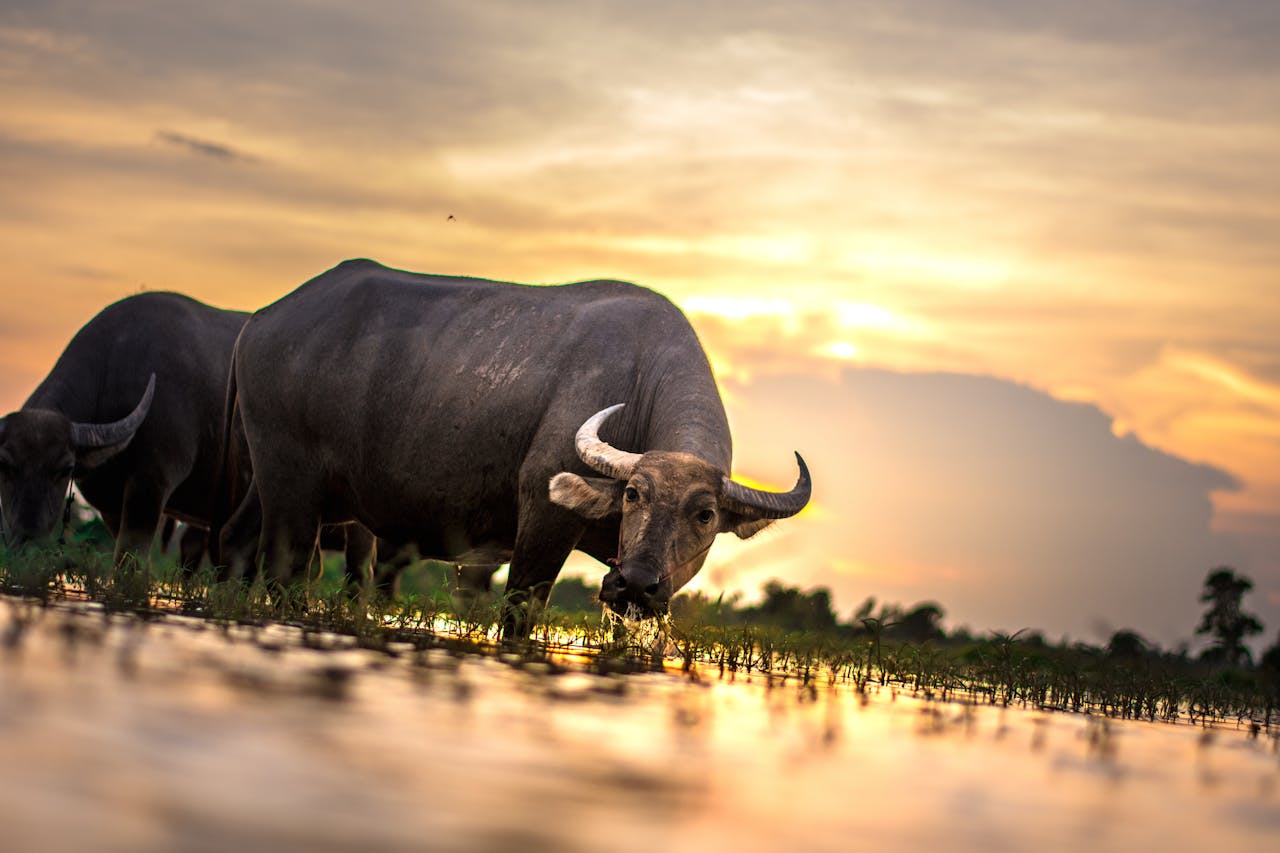Wildlife charities are at the forefront of promoting environmental sustainability. These organisations actively participate in issues related to preserving natural habitats. Also, efforts are geared towards ensuring an ecological balance by protecting species, lobbying for change, and speaking to people about the most eco-friendly living methods.

- Wildlife charities restore ecosystems to their natural state.
- These organisations develop and implement policies for governments and global institutions.
The Impact of Wildlife Charities on Environmental Sustainability
In what manner do wildlife charities contribute to promoting environmental sustainability? Below are 4 key ways by which they impact environmental sustainability positively:
1. Protecting Biodiversity
Conserving biological diversity is one of many areas through which wildlife charities play a role in environmental sustainability. At its most basic level, biotic diversification is the bedrock of ecosystem functionality, with the destruction of one species implying the elimination of the ecosystem. Wildlife charities prioritise the future of endangered species, the functions of their ecosystems, and the maintenance of the health and functionality of these ecosystems.
For example, the World Wild Fund (WWF) and the Wildlife Conservation Society (WCS) use surveys, assessments, etc., to undertake research. This enables them to create better conservation programs, thus protecting vulnerable species and their ecosystems.
2. Restoring Ecosystem
Most wildlife charities participate in ecosystem rehabilitation activities, and such are critical in the sustenance of ecosystems. Silviculture, land degradation, and pollution have greatly affected most ecosystems, making them less capable of supporting wildlife and man. Wildlife charities bear the responsibility of returning ecosystems to their original state.
For instance, the Nature Conservancy participates in reforestation, which is not just an effort to put up trees for the revival of wildlife but also a strategy against climate change. Restored ecosystems greatly reduce vulnerability to climate change as they become more capable of handling disasters, floods, and droughts.
3. Policy Influence & Advocacy
NGOs that conserve wildlife also play a role in ensuring that policies that are approved will be in support of environmental sustainability. They also develop and implement policies for governments and global institutions. By and large, the goal is to ensure the protection of species at the brink of extinction, the minimisation of cutting down trees, and the adoption of sustainable use of land.
Through advocacy activism, Greenpeace and Friends of the Earth have advocated for the protection of habitats, anti-poaching rules, and legislation against damaging farming practices that negatively impact wildlife.
4. Awareness Creation
The final key function of charities supporting wildlife is raising awareness on the conservation of biodiversity and sustainable utilisation. Most charitable organisations have awareness programs that tell people about the effects of human actions on animals and the environment.
These nonprofits are involved in every sector of society making changes for the good of everyone. Some of these changes include recycling, the use of environmentally friendly products, and saving water.
Conclusion
Wildlife charities are an important subsection of the larger mission of environmental conservation. The work they do in conservation, and public awareness also has an inoculation effect on the two domains of society; the natural and social domains. When people and organisations fundraise and donate to wildlife charities, they are helping to construct a world where there will be more species variety and healthier ecosystems.
If you enjoyed this article, and have any comments/questions, please let us know below!


